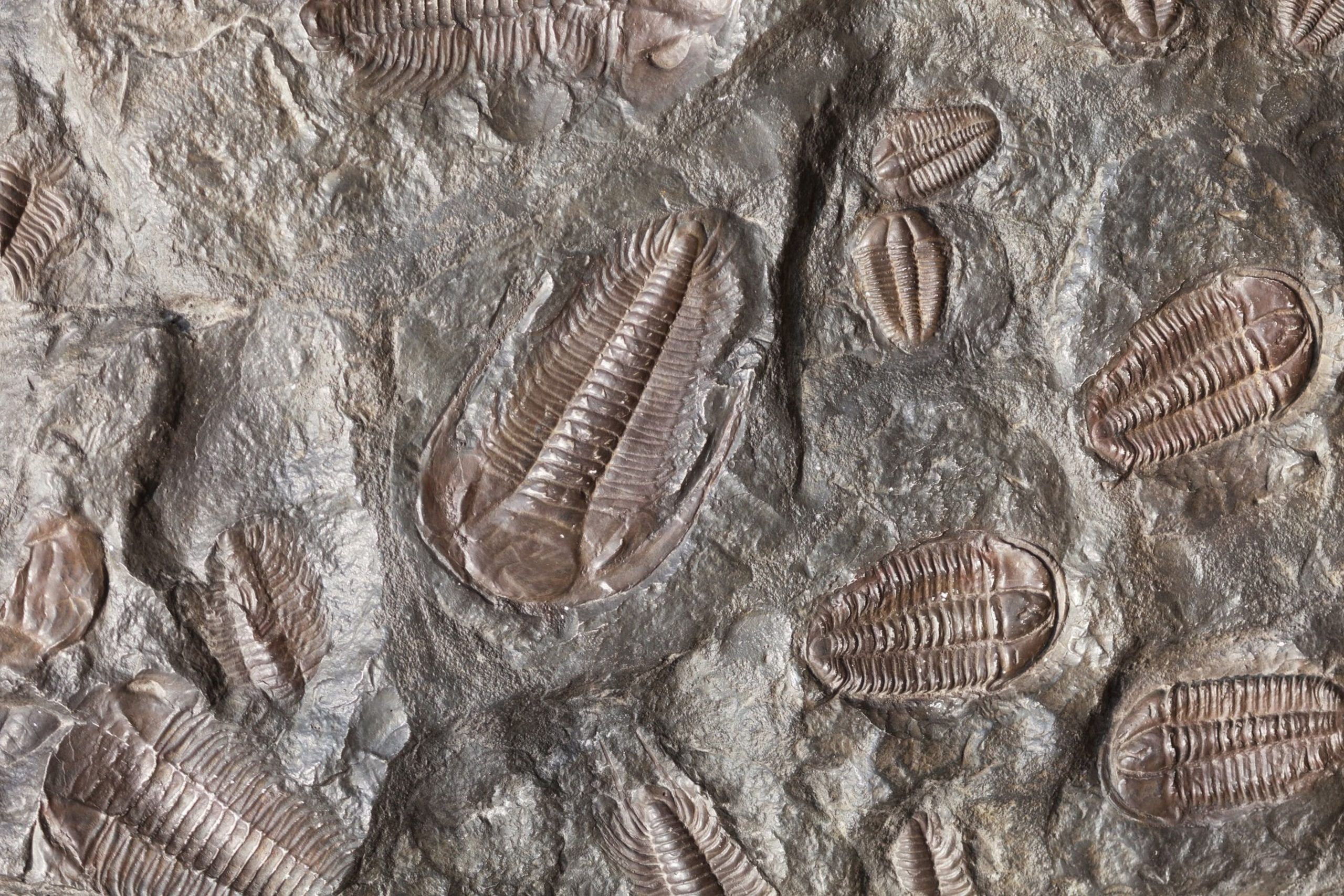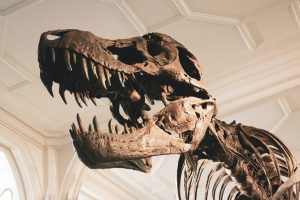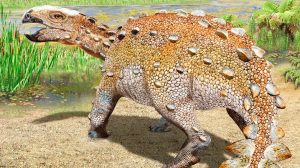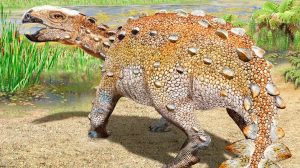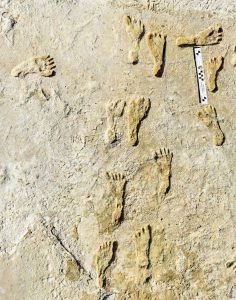Scientists claim that a large millipede fossil discovered on a beach in northern England has revealed the “biggest bug that ever lived.”
The fossil was discovered in a sandstone piece that had fallen from a cliff onto the beach in Howick Bay in Northumberland in January 2018. It was exposed after the rock burst open and discovered by a former PhD student, according to Neil Davies, a lecturer in sedimentary geology at the University of Cambridge’s department of earth sciences.
Also Read | New dinosaur species from Chile had a unique slashing tail
“It was an incredibly exciting find, but the fossil is so large it took four of us to carry it up the cliff face,” said Davies in a news statement.
The creature, known as Arthropleura, has its fossilised remnants come from the Carboniferous Period, some 326 million years ago. That’s more than 100 million years before the dinosaurs appeared.
The monster was estimated to have been 55 centimetres (22 inches) broad, 2.63 metres (8.6 feet) long, and weighed 50 kilogrammes when it was alive (110 pounds). According to the statement, this would make it the world’s largest known invertebrate, surpassing ancient sea scorpions, which previously held the title. Animals without a backbone are known as invertebrates.
Also Read | Scientists find oldest human footprints in North America
“This is definitely the biggest bug that ever lived,” Davies confirmed via email.
It’s the first time an Arthropleura fossil has been unearthed. The other two specimens were discovered in Germany and were significantly smaller than the new one.
They must have consumed a well-balanced diet to reach such a large size. Invertebrates and early amphibians presumably thrived off the plants growing in a succession of creeks and rivers when Britain was lay on the equator.
The researchers believe the fossilised skeleton was a moulted exoskeleton part that was preserved by sand.
“Finding these giant millipede fossils is rare, because once they died, their bodies tend to disarticulate(separate at the joints), so it’s likely that the fossil is a moulted carapace that the animal shed as it grew,” said Davies in the statement.
Also Read | New clue in human evolution mystery found in Philippines
“We have not yet found a fossilized head, so it’s difficult to know everything about them,” he added.
Before going extinct, Arthropleura creatures crawled around for around 45 million years. It’s unclear why they vanished, but it’s possible that it was due to a changing environment that didn’t suit them. It could have happened at the same time as reptiles began to dominate the same type of habitat.
In 2022, the fossil will be shown at the Sedgwick Museum in Cambridge, England. The findings were reported in the Geological Society’s Journal.

